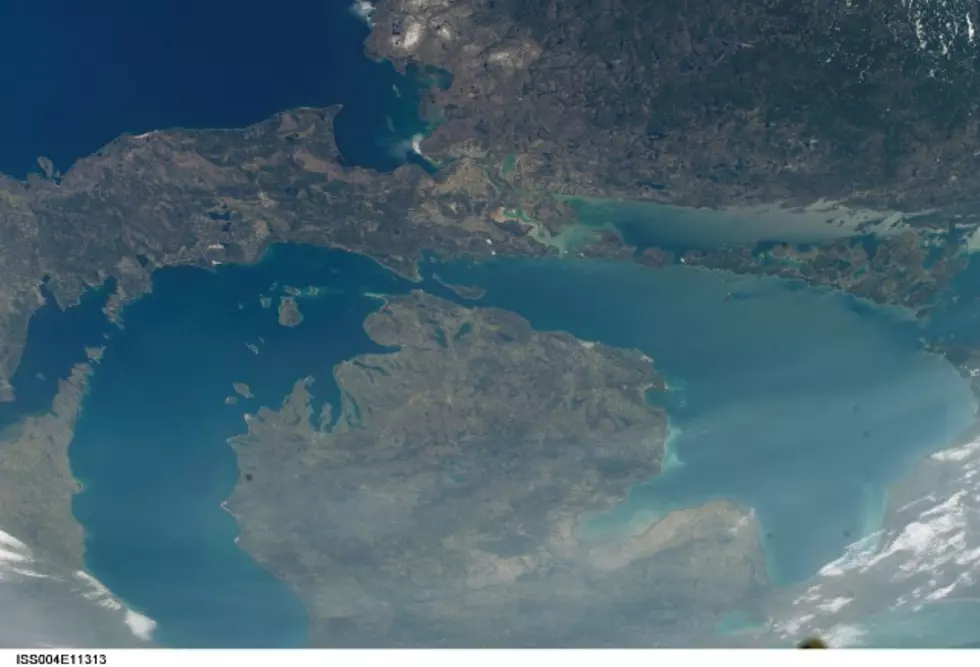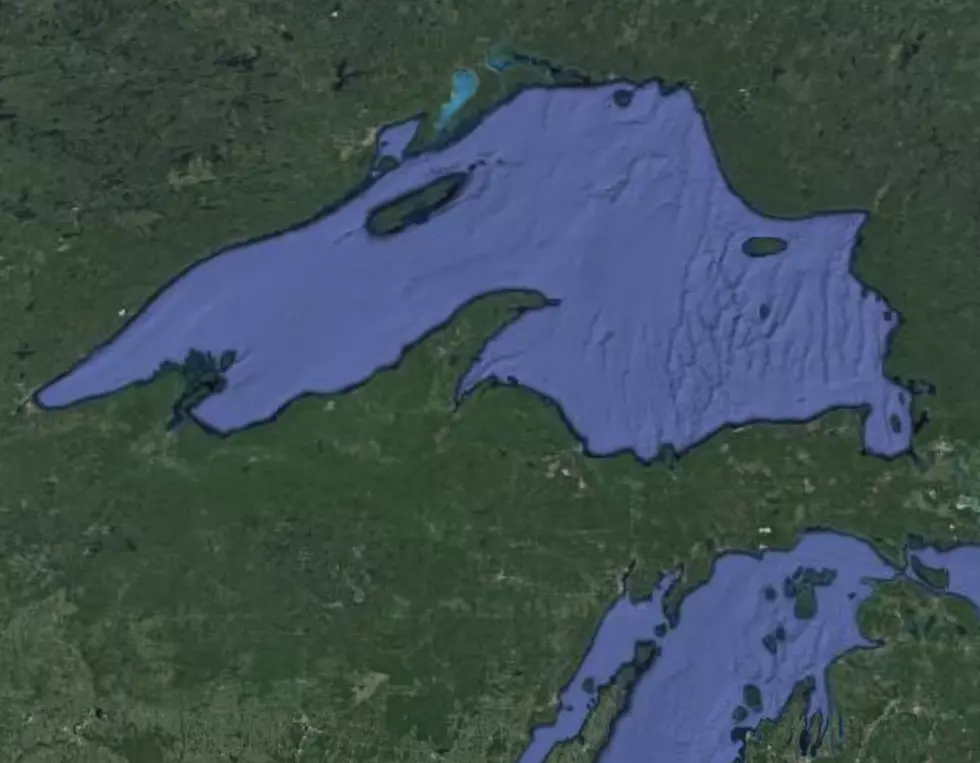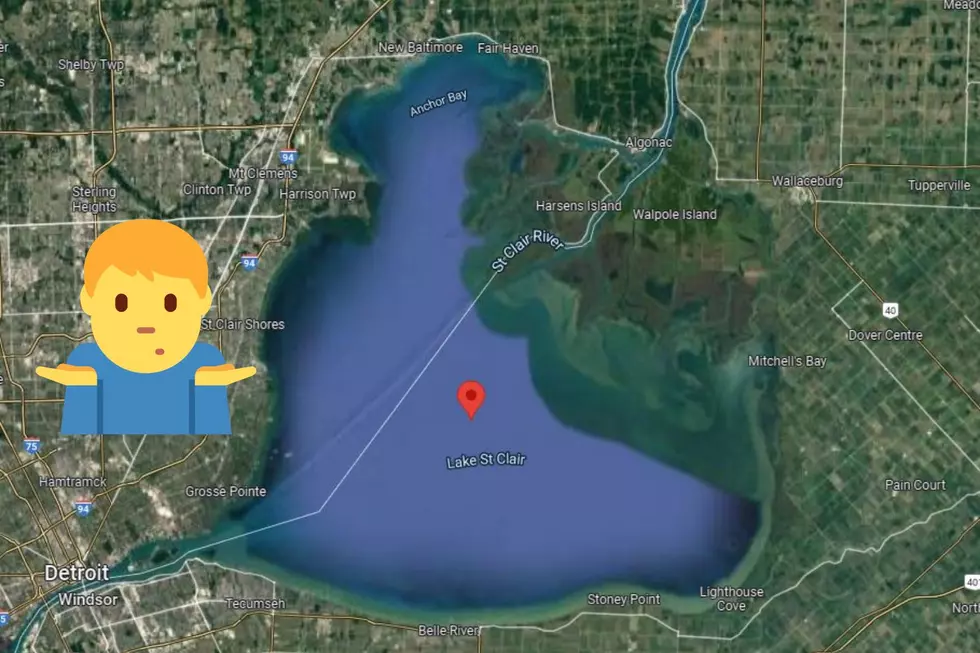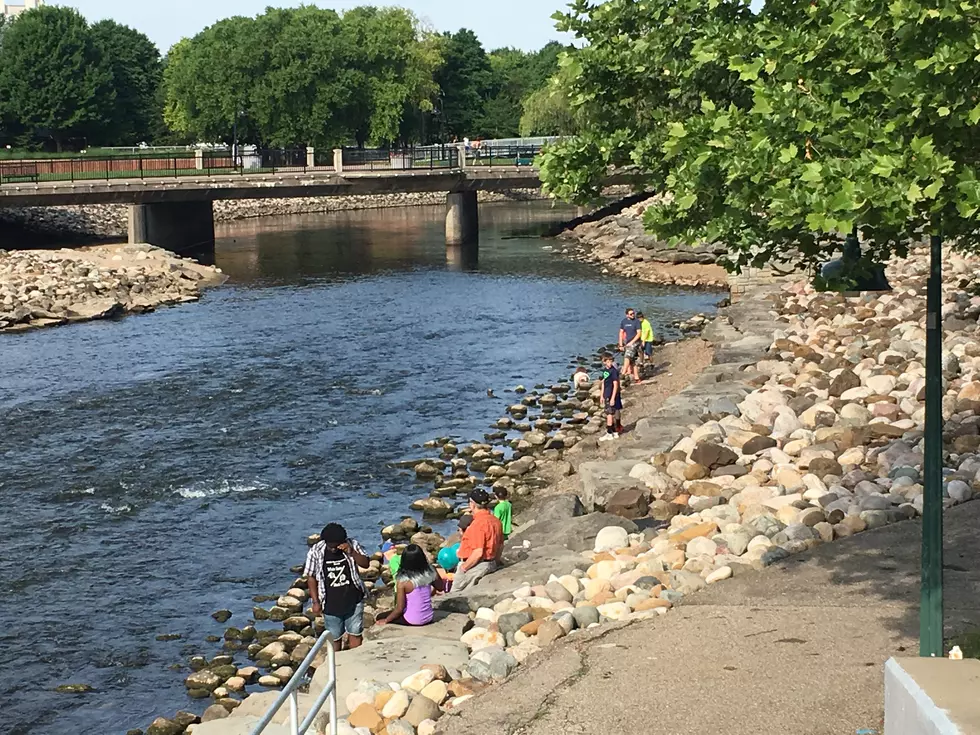
Great Lakes Water Levels Appear To Prove Global Warming Is Not Occurring
An article written by the Associated Press and published in the Detroit News informs us that the last 2 years of “record-setting” water levels have ended. That is very good news due to the damage that the high water levels created on our shoreline. Some of that damage was due to how close homes were built to the lakes. We have been told by the politicians, media pundits and even “scientists” that these record-setting higher lake water levels are caused by global warming.
According to the article all of the Great Lakes were “down significantly in April from the same month in 2020”:
- Lake Ontario down 28 inches
- Lakes Huron and Michigan, which are connected and have the same level, down 14 inches.
- Lake Erie down 17 inches
- Lake Superior down 6 inches
The chief of Great Lakes hydrology for the Corps’ Detroit district, John Allis stated:
“Over the next six months, the worst is behind us…We really shouldn’t be seeing anywhere near the record highs that we saw last year.”
Although Michigan’s State climatologist, did you know we have one of those, Jeff Andresen stated:
“Certainly there’s a suggestion based on the recent past that precipitation will go back up again…So it’s something we’ll just have to be aware of and be prepared.”
That got me thinking about what sources supply the Great Lakes and how does “global warming” affects the lake water levels?
I went to the United States Environmental Protection Agency (EPA) and found that:
“Water level and water temperature are two important and interrelated indicators of weather and climate change in the Great Lakes. Water level (the height of the lake surface above sea level) is influenced by many factors, including precipitation, snowmelt runoff, drought, evaporation rates, and people withdrawing water for multiple uses. Water temperature is influenced by many factors, too, but most directly by air temperature.”
As the EPA states “but most directly by air temperature”. Let us dive deeper into that statement.
What I learned next from the United States EPA did not surprise me but may surprise others which is why I am writing this piece. The EPA states that:
“In recent years, warmer surface water temperatures in the Great Lakes have contributed to lower water levels by increasing rates of evaporation and causing lake ice to form later than usual (see the Lake Ice indicator), which extends the season for evaporation.”
I then put on my thinking cap and said to myself if higher air temperatures increase evaporation which in turn lowers the level of water in the Great Lakes, how is global warming causing the increase of the water levels in the Great Lakes over the last few years?
The answer is simple. It is not.
Now watch how the global warming alarmist will start to tell us that the fact that the water levels are reducing is due to, you guessed it, global warming.
Have a great beautiful warm day because they have been very cold recently, in fact the TV weather people tell us unseasonably cold.
LOOK: Here are the 50 best beach towns in America
More From WKMI









